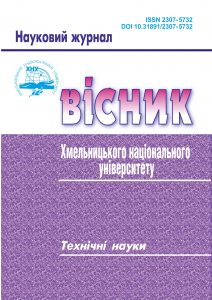A STUDY ON THE EFFECTIVENESS OF IMPLEMENTING REMOTE AND ROBOTIC CONTROL SYSTEMS IN EQUIPMENT MANAGEMENT TO IMPROVE TECHNO-ECONOMIC INDICATORS IN OPEN-PIT MINING
DOI:
https://doi.org/10.31891/skvr4681Keywords:
remote control, robotic control, mining productivity, automation, safety, open-pit mining, techno-economic indicatorsAbstract
This article discusses key aspects of the efficiency of remote and robotic control systems in mining equipment management, aiming to enhance the techno-economic performance of open-pit mining operations. Costs associated with maintaining suitable (comfortable) working conditions include the use and maintenance of climate control systems (air conditioners, heaters), air purification systems, specialized sealed cabins, and similar measures. Working in poor conditions also increases worker illness rates, leading to higher healthcare costs.
Objective: The article investigates how implementing remote and robotic control systems can improve productivity, reduce downtime, and minimize health risks to operators in deep and hazardous mining conditions.
Methods: The study analyzes case studies and applies statistical methods to quantify the impact of automation on productivity, including assessments of machine speed, downtime reduction, and fuel efficiency. Comparisons between manual and automated operations provide insights into system advantages and areas for potential improvement.
Results: Results show that remote and robotic control systems enhance productivity by 10-40%, depending on route conditions and automation level. The study reveals that the adoption of remote and robotic control systems in mining operations significantly improves productivity and reduces operational costs. Productivity gains reach up to 10-15% on straight transport routes, while optimal conditions with minimal inclines (below 0.3) allow increases of up to 35-40%. Fuel use decreases by approximately 3-5%, driven by optimized load distribution and route planning. Equipment downtime is reduced by up to 20% through minimized idle periods during shift changes. Ore quality is enhanced, with fluctuations in magnetic iron content reduced by 1-3%, leading to improved beneficiation efficiency.

